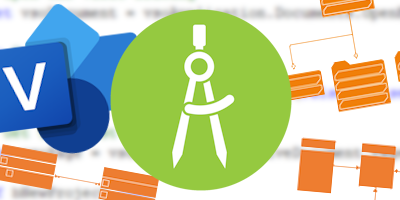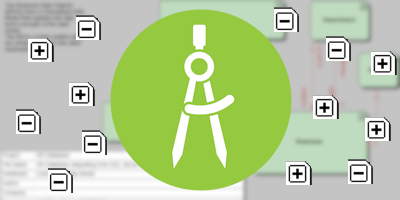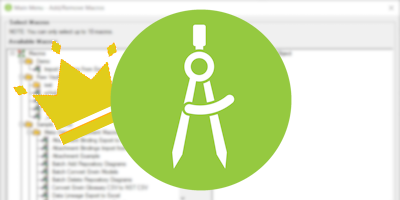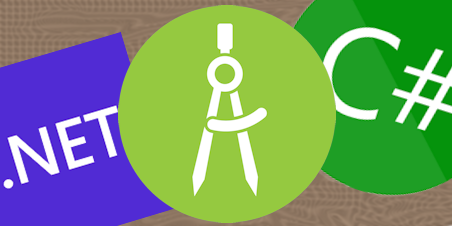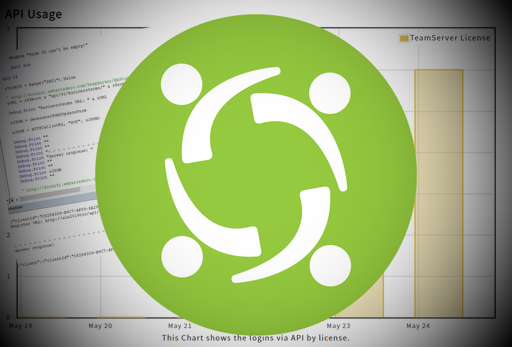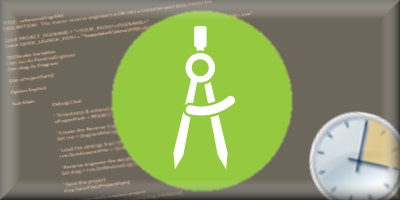Visio can draw charts, plans and diagrams.
Some people have used Visio to create their Logical and/or Physical Data Models and they would like to import their drawings in a data architecture and design tool: ER/Studio Data Architect.
In this blog post, I’ll share 2 scripts which can import Entities & Attributes from a Visio Drawing page. I have tested it with 2 different samples…
